ACCLAIMED actress Bhumika Chawla has entertained audiences and starred in films across diverse languages ever since she made a dynamic debut in 2000 with Telugu film Yuvakudu.
The multi-award-winning star has made a name for herself as a versatile performer able to take on any challenge and is a fan favourite. Eastern Eye got the actress to look back at her glittering 23-year career and select 10 memorable roles. She said: “It is difficult to select just 10 roles because each offered a different challenge. I have selected ones that helped shape me, along with exposing me to challenges for the first time.
Yuvakudu (2000): My acting debut and first Telugu film will always remain special because that is where my journey began. I learned so much working on that film. We started shooting in 1999 and I remember not being able to speak Telugu. At some point, I wanted to run away. I told my mother, ‘let’s go back’ and she said, ‘We never run away, my child. Finish this project and if you don’t want to pursue acting further, don’t do films.’ I’m glad I listened to my mother’s advice and so the journey has been beautiful.
Badri (2001): I went from learning Telugu in my debut film to working on my first Tamil movie for my second release. Working in another new language opened a further horizon for me and laid the foundation for working in the Tamil film industry. It was my first time working with [actor] Vijay and I can honestly say it was a great experience.
Kushi (2001): My second Telugu film had so many dialogues that they were hard to remember. But the director and producer made sure I learned them all. I remember the cameraman on the first day of shooting gave me a facewipe and said to remove all the make-up I had on and then return. All this helped bring out my best performance and it resulted in me winning my first Filmfare Best Actress award.
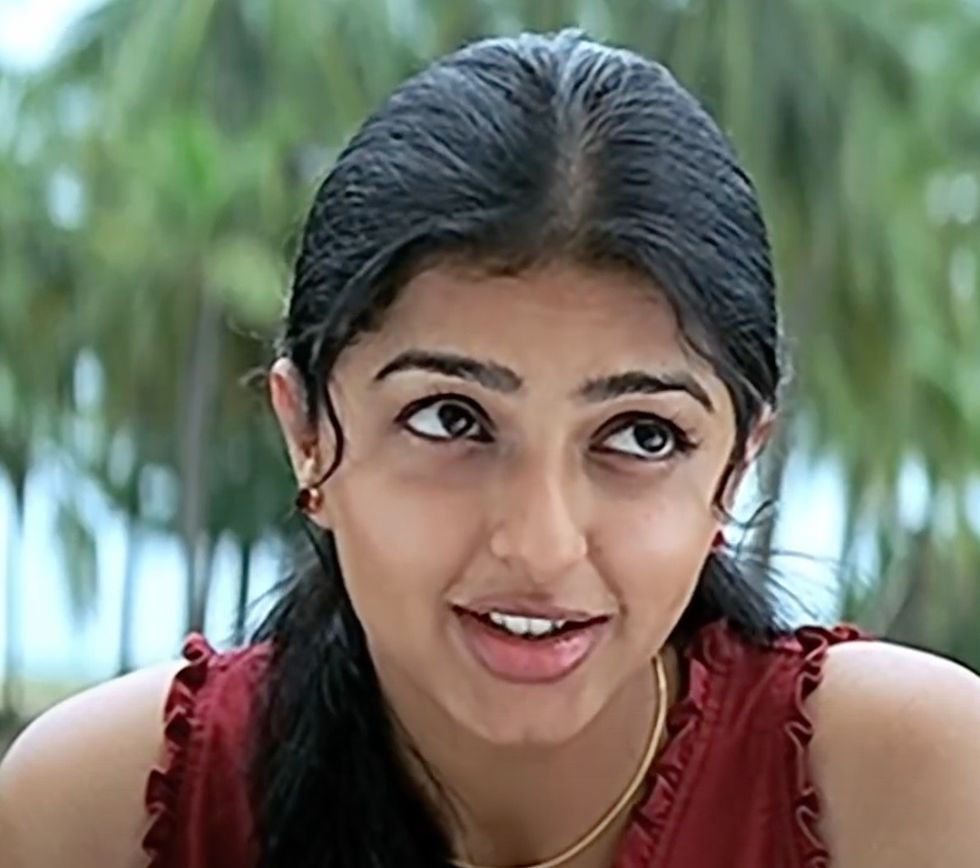
Okkadu (2003): This was another Telugu film and a wonderful experience for me. I have so many fond memories of working on this film. We shot in different locations in the small towns of then Andhra Pradesh state. I had to shoot for many days in the water, which was a really interesting challenge.
Missamma (2003): This Telugu film was another big success early on in my career. It was a very interesting script with the female character taking charge, so I had plenty of power and scope for my performance. It was an incredible experience working on that film and equally amazing was all the love I have received from so many, including a Nandi Best Actress award.
Tere Naam (2003): After working in Tamil and mostly Telugu cinema, I finally made my Hindi debut with this internationally successful film, opposite Salman Khan. This was my first experience in Hindi and my performance was greatly appreciated and I received multiple award nominations. The film helped me reach a global audience.
Sillunu Oru Kaadhal (2006): This Tamil film was really interesting because I had to play a girl who changes her personality after the interval. It was a very compelling love story that really connected with audiences.
Gandhi, My Father (2007): This Hindi language biopic was my first sync-sound experience. It is always a rare and difficult experience for an artist to play a non-fictional character. Working on a story based on actual events was fascinating. The film received well-deserved awards and praise.
Anasuya (2007): This Telugu film was a unique thriller and very unpredictable. I like how my character and story were different from other films being made at the time. Our hard work paid off because it was a critical and commercial success. I am thankful for the Best Actress award it got me.
Yaariyan (2008): I had worked in multiple Indian languages but not Punjabi, so when this film came along, I had to say yes. Punjabi cinema was really starting to grow, and it was great to be part of that. Working with Maan saab (Gurdas Maan sir) was a humbling and beautiful experience. I loved the script and creative team. I had a fantastic time shooting in Canada. There have been so many more great films since then, and I continue to give my all to this wonderful acting profession.
Instagram: @bhumika_chawla_t
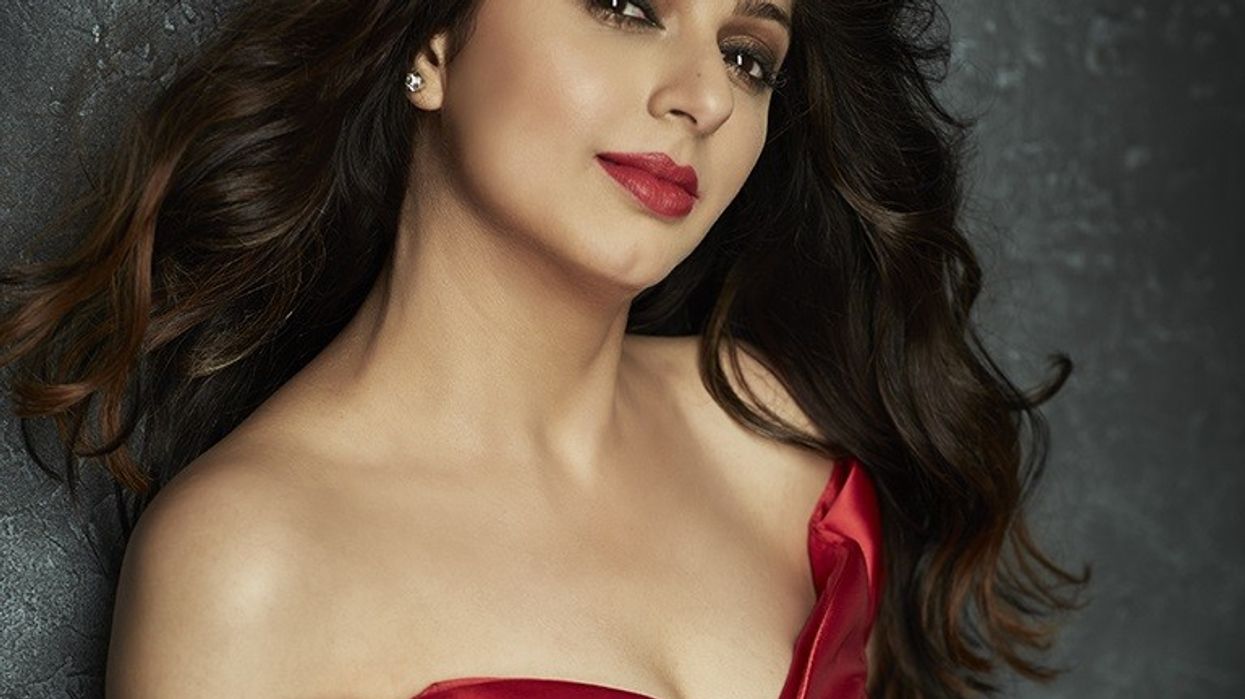


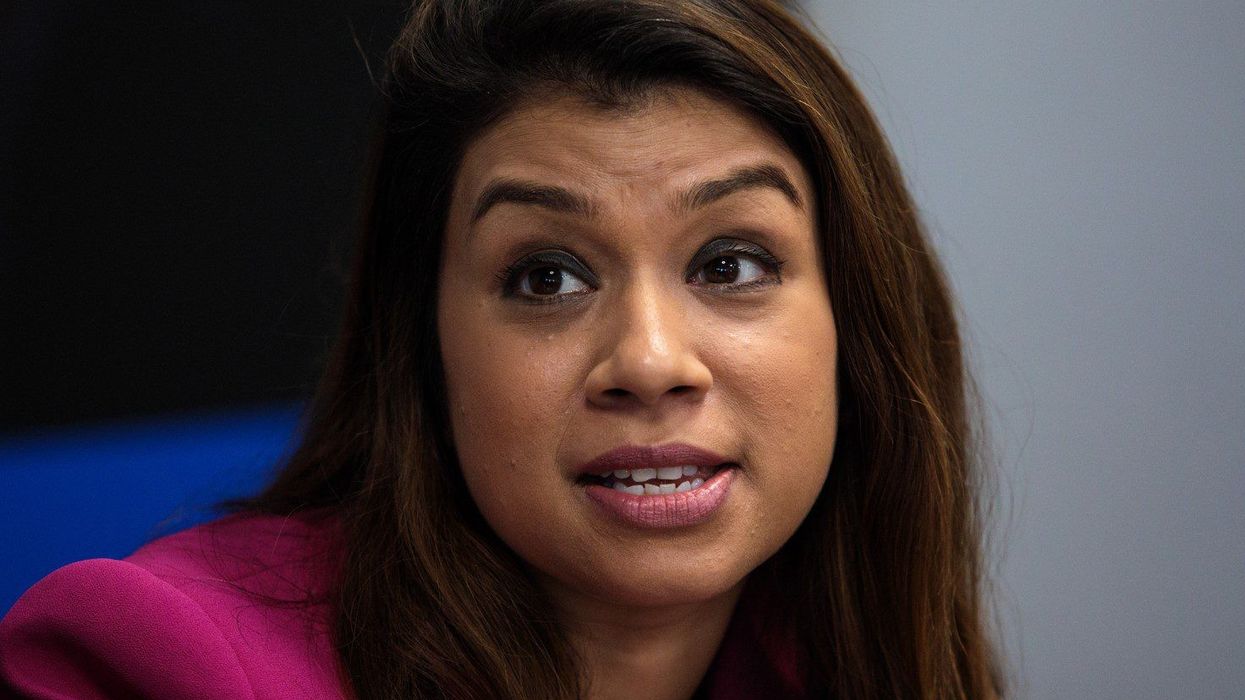



 The search for the next James Bond heats up after new clues emerge Getty Images
The search for the next James Bond heats up after new clues emerge Getty Images  Callum Turner’s name climbs fast in the new James Bond raceGetty Images
Callum Turner’s name climbs fast in the new James Bond raceGetty Images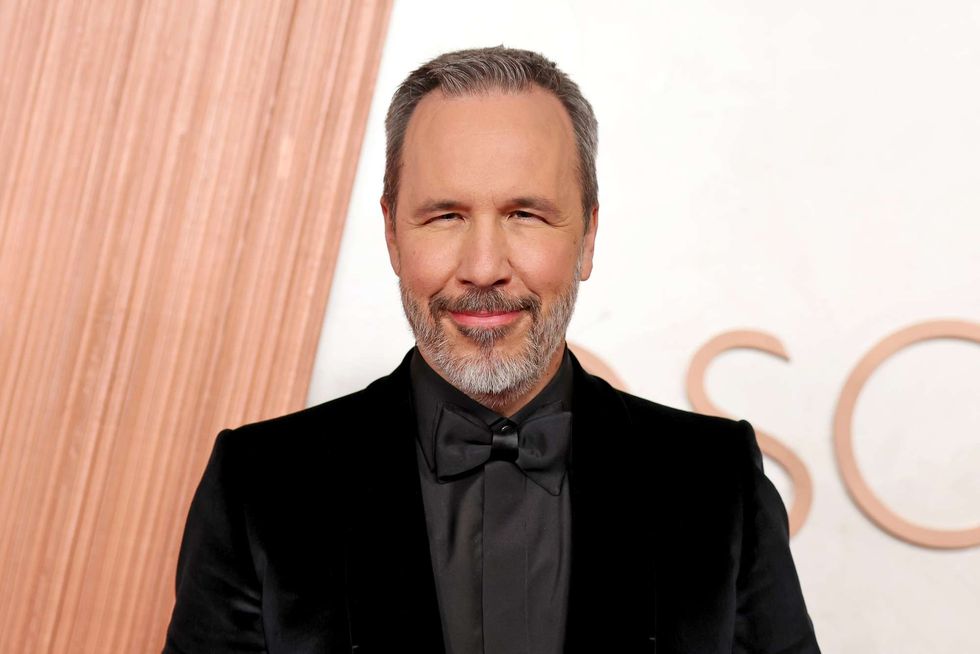 Denis Villeneuve prepares for the next Bond chapter as casting talk acceleratesGetty Images
Denis Villeneuve prepares for the next Bond chapter as casting talk acceleratesGetty Images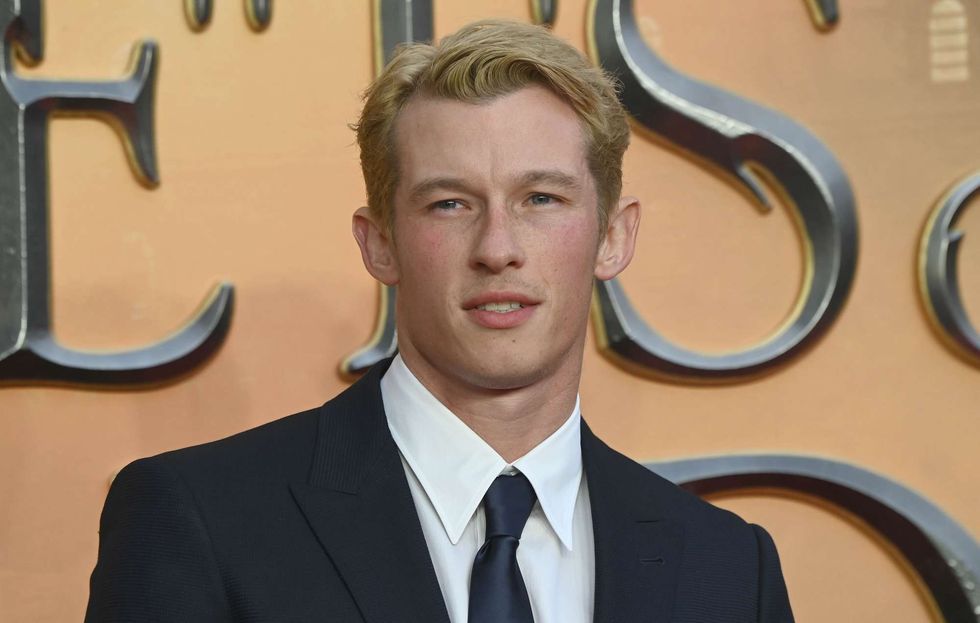 Callum Turner’s recent projects keep him firmly on the industry’s radarGetty Images
Callum Turner’s recent projects keep him firmly on the industry’s radarGetty Images






